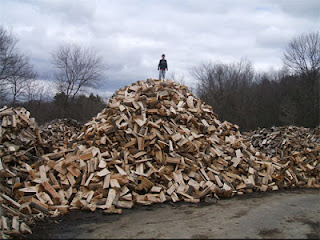The guidance is specifically designed for SSSI woodland (Sites of Special Scientific Interest) and focuses on a set of commonly asked questions:
- Will all my ash trees die?
- Should diseased trees be felled?
- Should I fell healthy trees now?
- How can I manage the structure of my wood?
- Should ash coppice or pollards be cut?
- How will the designated features be affected?
- How should replacement trees be established?
- What replacement species can be used?
- What should I do about sycamore?
- Will my wood be classed as “unfavourable”?
Over half of the woodland and wood-pasture SSSIs in England contain significant amounts of ash. As nationally important areas for the conservation of biological diversity, it is vital that the impact of ash dieback disease on the SSSI ‘features of interest’ is managed to reduce negative effects where this is possible.
Whilst various suggestions are made in the guidance Natural England points out that there is only limited experience of implementing many of these in the UK ash dieback scenario. Therefore there is a need to trial different management strategies, monitor their effectiveness, and continue to share practical experience.
It is also very important that this guidance, and the of the Forestry Commission, is tailored to the specific conditions on each site, including:
- the current proportion of ash and other trees and shrubs present
- the woodland structure
- existing issues and challenges acting on the wood
- its context in the surrounding landscape
- the SSSI features of interest
- the owner’s objectives
- public access and safety


